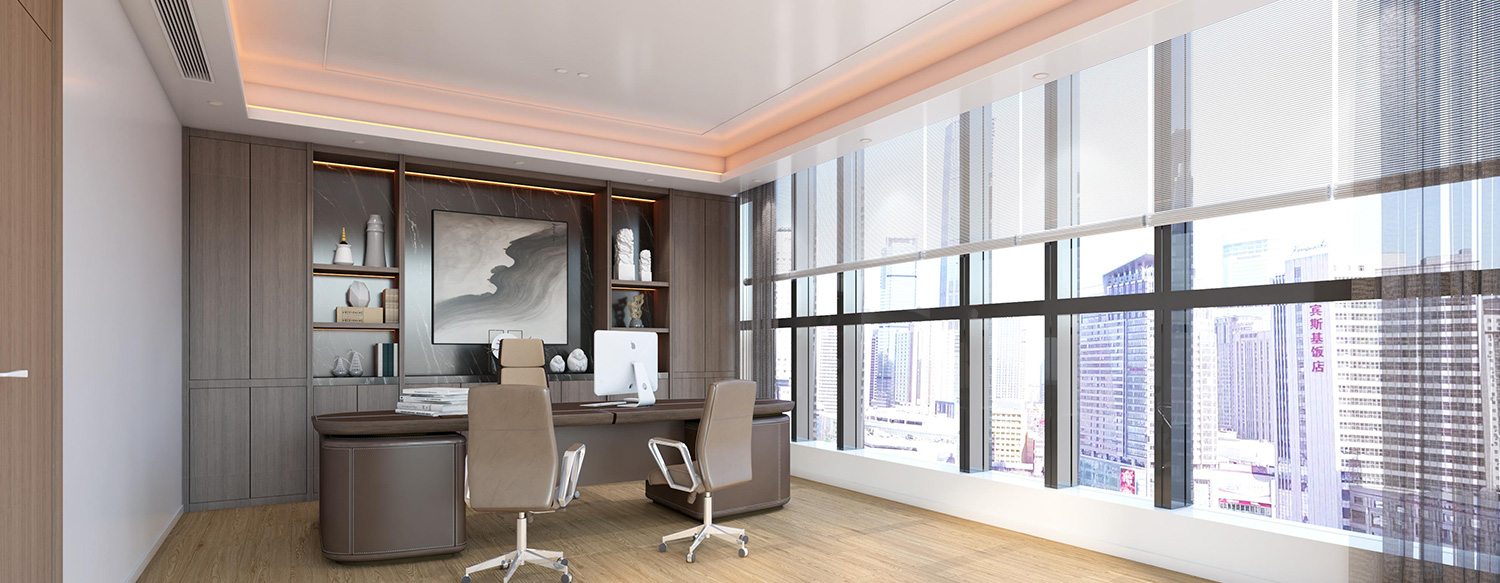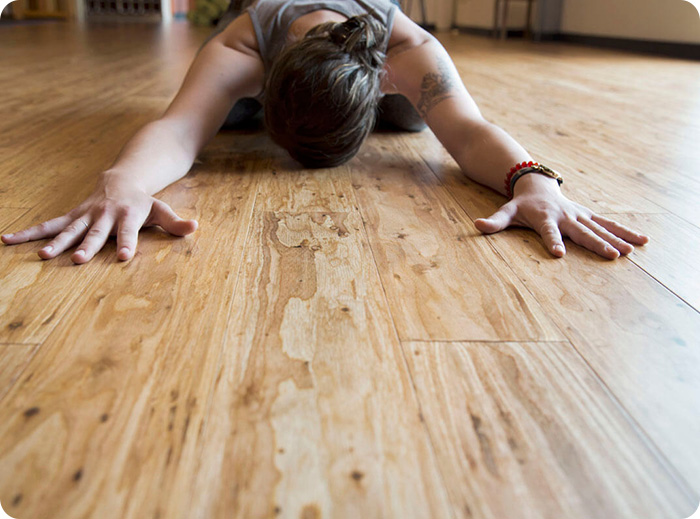When it comes to selecting the right type of wood for your home’s furniture, flooring, or other interior elements, the decision can be daunting. Two popular options that often come up in the conversation are eucalyptus and oak. Both woods are sought after for their durability, beauty, and versatility, but they have distinct characteristics that make them suitable for different applications.
In this detailed comparison, we will explore the key differences between eucalyptus and oak—covering everything from their appearance and durability to cost and environmental impact. We’ll also provide insights from real users who have experience with both types of wood in their homes.
Eucalyptus vs Oak: A Quick Overview
Before we dive deep into the details, here’s a quick comparison of eucalyptus and oak:
| Feature | Eucalyptus | Oak |
|---|---|---|
| Appearance | Light to medium brown; straight grain | Light to dark brown; prominent grain patterns |
| Durability | High durability, rot-resistant | Extremely durable, hard, long-lasting |
| Cost | More affordable, fast-growing | Generally more expensive |
| Sustainability | Highly sustainable, renewable | Sustainable, but slower-growing |
| Hardness (Janka Scale) | 1,125 lbf | 1,290–1,360 lbf (Red Oak, White Oak) |
| Common Uses | Flooring, furniture, outdoor use | Flooring, furniture, cabinetry |
Now let’s explore these differences in more detail to help you decide which wood is the best fit for your home.
Appearance: A Matter of Aesthetics
Eucalyptus: Clean, Straight-Grained Beauty
Eucalyptus wood tends to have a light to medium brown color, sometimes with hints of pink or reddish tones depending on the species. The grain is typically straight and uniform, which gives it a clean, modern appearance. This makes eucalyptus particularly well-suited for contemporary home designs where simplicity and elegance are key.
Many homeowners appreciate eucalyptus for its smooth texture and consistent look, which can provide a sleek and minimalist aesthetic when used for flooring, furniture, or paneling.
End-User Comment:
“I love how clean and uniform my eucalyptus flooring looks. It gives the room a very modern vibe without feeling too busy.”
— Amanda W., homeowner.
Oak: Classic Elegance with Distinct Grain Patterns
Oak, on the other hand, is well-known for its prominent grain patterns and rich, natural color variations. Available in both red oak and white oak, this wood can range from light to dark brown, often with attractive streaks or rays that give it a distinctive, rustic character. Oak’s grain can be straight but is frequently wavy or irregular, adding to its visual appeal.
If you’re aiming for a classic, traditional look in your home, oak is a fantastic option. Its timeless beauty has made it a popular choice for centuries in everything from flooring to cabinetry.
End-User Comment:
“The grain patterns in my oak dining table are absolutely stunning. It’s a statement piece in the room, and I love the natural variation in the wood.”
— James M., homeowner.
Durability: Which Wood Stands the Test of Time?
Eucalyptus: Hard and Resilient
Eucalyptus is a hardwood known for its durability. It has a Janka hardness rating of around 1,125 lbf, which makes it quite resilient to dents and scratches, though not as hard as oak. One of the standout qualities of eucalyptus is its natural resistance to moisture and rot, which makes it a popular choice for both indoor and outdoor applications.
Eucalyptus is also less prone to warping or cracking compared to other types of wood, making it a great option for humid environments like bathrooms or kitchens.
End-User Comment:
“I installed eucalyptus decking, and it’s held up incredibly well, even with all the rain we get. No warping or cracks so far, and it looks great!”
— Sarah L., homeowner.
Oak: A Legacy of Strength
Oak is one of the hardest and most durable woods available, with a Janka hardness rating between 1,290 lbf (red oak) and 1,360 lbf (white oak). This makes oak highly resistant to wear and tear, making it an excellent choice for high-traffic areas like hallways, living rooms, and kitchens. Oak is also renowned for its longevity, often lasting decades or even centuries with proper care.
In addition to its hardness, oak is also resistant to moisture when properly treated, though it’s not as naturally rot-resistant as eucalyptus. However, oak’s density and strength make it ideal for heavy furniture, flooring, and cabinetry that sees daily use.
End-User Comment:
“My oak floors have been in place for over 20 years, and they still look amazing. They’ve taken quite a bit of abuse over the years, but they’re still going strong.”
— Michael H., homeowner.
Cost: What’s the Price Difference?
Eucalyptus: Affordable and Accessible
One of the biggest advantages of eucalyptus wood is its affordability. Eucalyptus trees grow quickly, making them a more sustainable and cost-effective option. As a result, eucalyptus wood tends to be significantly cheaper than oak, especially when used for flooring, furniture, or decking.
If you’re on a budget but still want a durable, attractive wood for your home, eucalyptus is a great choice.
End-User Comment:
“We were on a tight budget for our remodel, and eucalyptus was the perfect solution. It’s beautiful, durable, and much more affordable than oak.”
— Kimberly S., homeowner.
Oak: A Premium Investment
Oak, being a slower-growing hardwood with a long history of use in high-end applications, tends to be more expensive than eucalyptus. The price of oak can vary depending on the specific species (red oak is generally less expensive than white oak) and the quality of the wood. However, oak’s durability and timeless appeal often justify the higher cost for homeowners who are looking for a long-term investment.
End-User Comment:
“I spent a little more for oak flooring, but the quality is worth it. It’s timeless, and I know it will last for decades, so it feels like a smart investment.”
— David R., homeowner.
Sustainability: Which Wood Is More Eco-Friendly?
Eucalyptus: Fast-Growing and Renewable
One of the standout features of eucalyptus is its environmental impact. Eucalyptus trees grow extremely fast compared to oak, making them a highly renewable resource. In fact, some species of eucalyptus can grow up to 10–15 feet per year, allowing for frequent harvesting and reducing the pressure on natural forests.
Additionally, many eucalyptus plantations are sustainably managed, and the wood is often harvested in a way that minimizes environmental damage. For eco-conscious homeowners, eucalyptus presents a sustainable option for flooring, furniture, and other wood products.
End-User Comment:
“We wanted to go with a more eco-friendly option, so we chose eucalyptus for our floors. It’s nice knowing that it’s a renewable resource, and it still looks fantastic.”
— Emma P., environmentally-conscious homeowner.
Oak: Sustainable but Slower-Growing
Oak is also considered a sustainable wood, especially when sourced from responsibly managed forests. However, oak trees grow much more slowly than eucalyptus, taking up to 60 to 80 years to mature. This slower growth rate means that oak is less renewable compared to fast-growing species like eucalyptus.
That said, oak’s longevity and durability mean that oak products often last for decades or even centuries, reducing the need for frequent replacements and making it a sustainable choice in the long term.
End-User Comment:
“I love oak for its durability and timelessness, but I do wish it was a little more sustainable in terms of how long it takes to grow.”
— Gary K., homeowner.
Common Uses: Where Do Eucalyptus and Oak Shine?
Eucalyptus: Versatile and Outdoor-Friendly
Eucalyptus is an incredibly versatile wood that can be used in a variety of indoor and outdoor applications. Thanks to its natural resistance to moisture and rot, eucalyptus is a popular choice for outdoor furniture, decking, and fencing. It’s also frequently used for indoor flooring and furniture due to its attractive appearance and affordability.
End-User Comment:
“We chose eucalyptus for our patio furniture, and it’s been surprisingly durable. Even after a few rainy seasons, it still looks great.”
— Laura H., homeowner.
Oak: The Classic Choice for Interiors
Oak is best known for its use in interior applications such as flooring, furniture, cabinets, and trim. Its strength and timeless beauty make it a top choice for high-traffic areas like living rooms, kitchens, and dining rooms. Oak is also frequently chosen for high-end, heirloom-quality furniture that can be passed down through generations.
End-User Comment:
“Our oak dining table has been in the family for years. It’s solid, has a beautiful grain, and it’s something we’ll continue to cherish for generations.”
— Catherine J., multi-generational homeowner.
Final Thoughts: Eucalyptus or Oak—Which Should You Choose?
Choosing between eucalyptus and oak ultimately comes down to your personal preferences, budget, and the specific needs of your home. Here’s a quick recap to help you decide:
- Choose Eucalyptus if you’re looking for an affordable, eco-friendly option with a clean, modern appearance. It’s perfect for both indoor and outdoor use, especially in humid or damp environments.
- Choose Oak if you prefer a classic, traditional look with rich grain patterns and are willing to invest a bit more for long-lasting durability. Oak is ideal for high-traffic areas and heirloom furniture that will stand the test of time.
Whichever wood you choose, both eucalyptus and oak offer unique benefits that can enhance the beauty and functionality of your home.
Final End-User Comment:
“We ended up choosing a combination of both! Eucalyptus for our outdoor deck and oak for our living room floors. Both have been amazing choices for their respective spaces.”
— Jessica and Tom R., homeowners.

